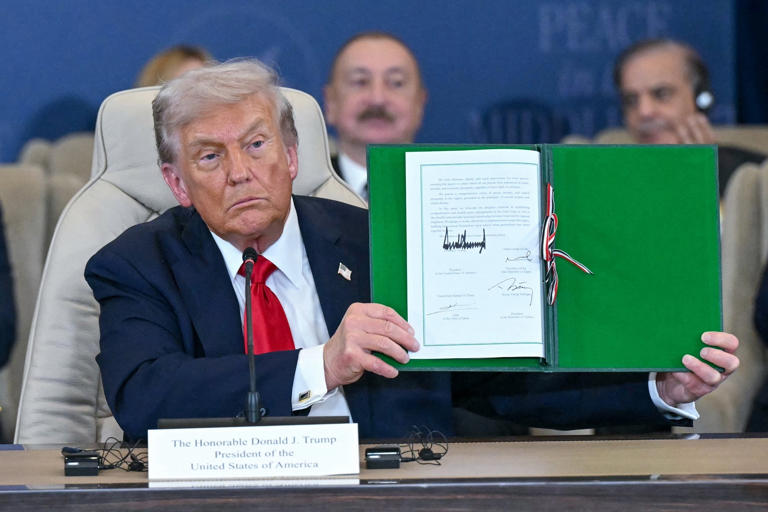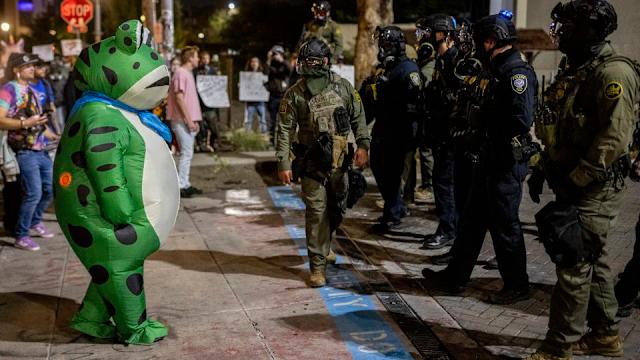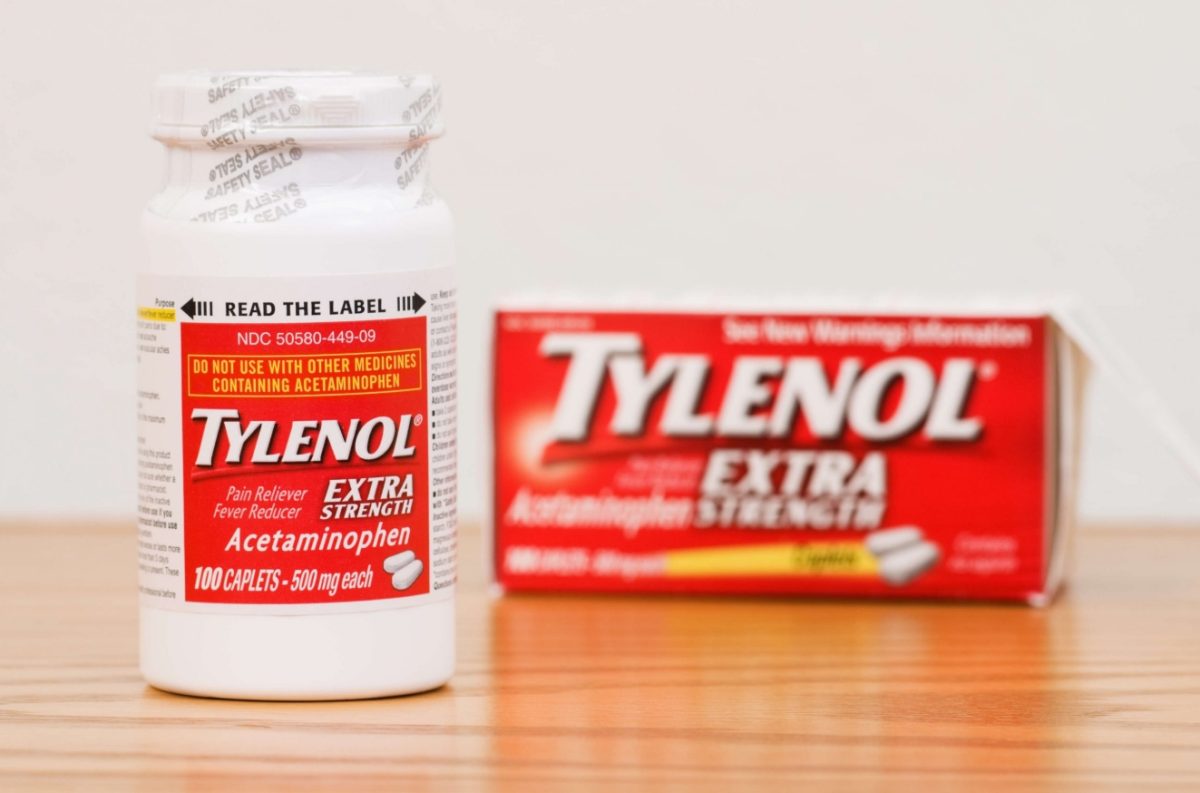It has almost been two months since Nina Pham, the second nurse who contracted the Ebola virus after treating Thomas Duncan, was released from the clutches of the disease and isolated treatment. In November, Dr. Martin Salia was exposed to the virus in Sierra Leone and was treated in the Nebraska Medical Center. He was unable to fight off the illness and died Nov. 17.
Since then, the news has gravitated toward the efforts taken by the U.S. to fight against the disease that is still plaguing Africa and less on the initial panic experienced after Duncan’s death. Thirty-five hospitals across the country have trained their personnel and prepared their systems for accommodating Ebola patients.
According to USA Today, the idea was to strategically train hospitals close to major airports.
There were only 16 beds in the few centers equipped to treat patients with the virus before the hospitals went through the training.
One of the other limitations at these institutions was that patients with Ebola should be cared for in separate rooms, so increasing the number of employees and hospitals was important.
Ideally, the specialized hospitals are designed to treat medical and humanitarian workers who return to the U.S. after contracting Ebola on the job. There are three such centers in California and four in Chicago.
Another important step the U.S. has taken at home is training labs to test for Ebola. Part of the fault in Duncan’s late diagnosis was that the Centers for Disease Control and Prevention was one of the only organizations that could confirm the diagnosis using biomedical tests.
With the implementation of designated hospitals with Ebola knowledge, it was clear the labs needed attention as well. Forty-two local and state-owned labs are capable of testing for the virus, according to the CDC. Though it is difficult to pinpoint the disease early because it is less concentrated in the blood, if it is replicating, the tests can be conclusive, according to NPR.
At the onset of symptoms, doctors suspecting a patient with Ebola can now request routine tests like ELISA assays and Polymerase Chain Reaction — PCR. ELISA assays test a sample like blood for the presence of antibodies or antigen — a marker like protein made by a pathogen — specific to the disease. The test can be performed either way, meaning a sample is diagnosed using a lab supply of antigens or antibodies.
The sample can be added to synthetic antigen and antibodies; cells made by the immune system to attack foreign material will bind to the marker. This is visualized using a microscopic binding component that will display a color change in the samples tested if attachment occurs. If not, the material will wash away.
However, this version of ELISA testing takes longer because it takes a while after infection for the body to make antibodies. A “reverse” test using the binding of antigens in the blood to synthetic antibodies can also be used. PCR makes huge amounts of DNA, which could identify the Ebola virus if its DNA is isolated from a patient sample and identified using sequencing.
A vaccine against the virus is still in developing stages as well. Beth Woloszyn, a sophomore nursing major at Gannon University, said the Ebola epidemic only intrigued her slightly.
“The only thing that interests me is how the vaccine will turn out,” she said. “It has been tested on a few people and seems to be working so far, but it could be years until it comes to the public — if it ever makes it past the FDA.”
She said her microbiology course discussed the vaccine development a little bit.
In Africa, the virus is still affecting people as an epidemic. According to Time Magazine, schools in regions with outbreaks have been closed since they began. Healthcare workers from developed countries have been responding and traveling to meet the need for treating patients, but the biggest collective complaint is that there is not enough people or money needed to help.
The most recent step taken by the U.S. to aid the epidemic outbreaks was taken by Ron Klain, the Ebola czar. He asked for congressional approval for an emergency budget of $ 6.18 billion toward domestic readiness and further assistance in West Africa.
According to the Columbus Dispatch, there are over 3,000 U.S. healthcare workers helping right now by conducting treatment centers and preventative measures. Klain believes a larger budget would promote a more effective force against Ebola.
KELSEY GHERING







